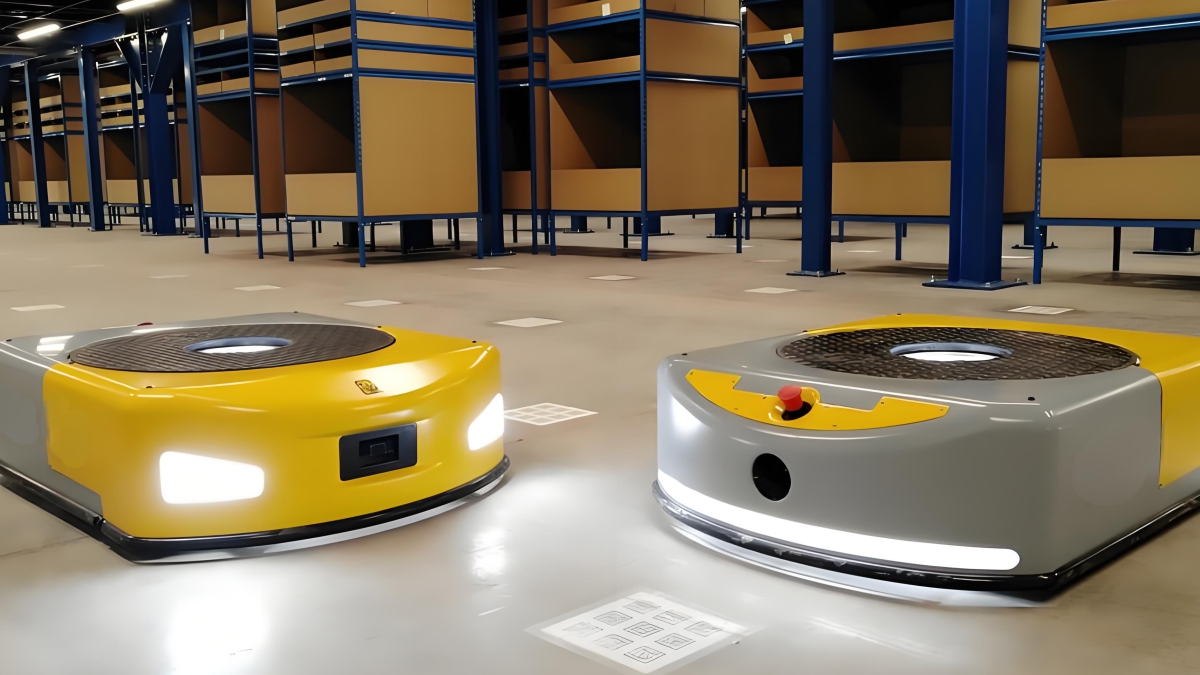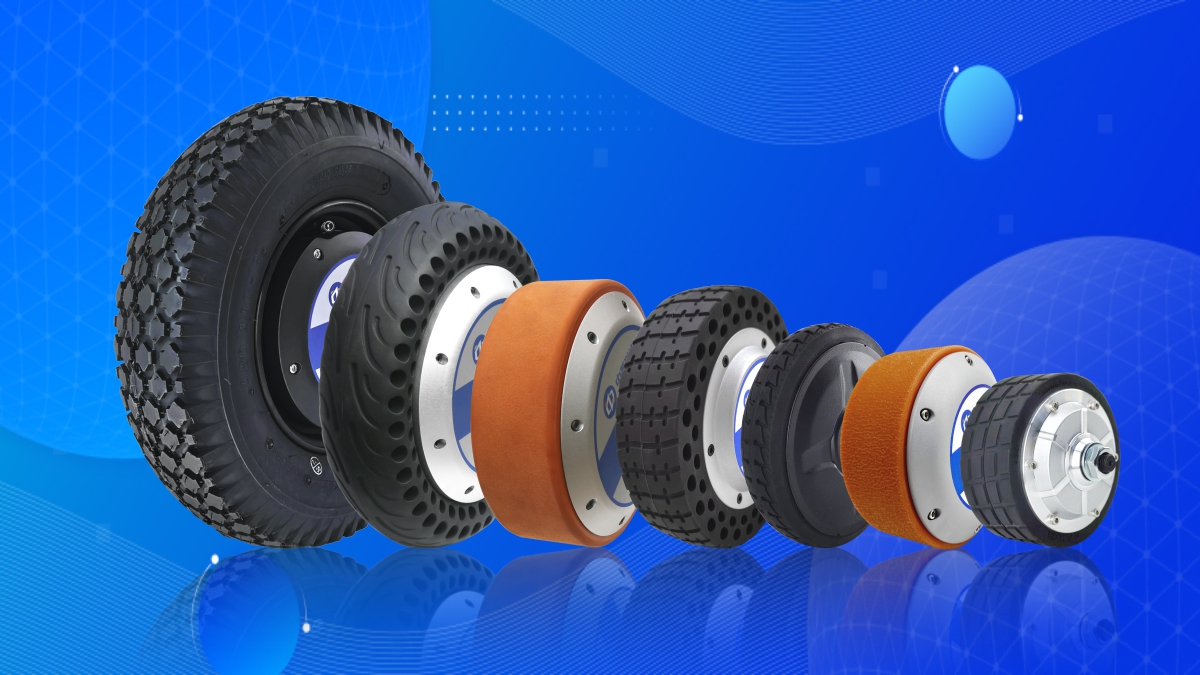In the current era of rapid technological development, the field of robotics is undergoing a profound transformation. The next generation of robots is highly anticipated to perform tasks flexibly and intelligently in complex and ever-changing environments. In this transformative process, the integration of wheel hub motors and AI technology is like equipping robots with a “smart foot”, bringing unprecedented performance improvements and application expansion.
1. Wheel hub motor: the core support for the flexible movement of robots
From a structural perspective, the wheel hub motor greatly simplifies the overall structure of the robot. Taking delivery robots in industrial scenarios as an example, under traditional driving methods, these complex transmission components occupy a large amount of space and require regular maintenance, greatly affecting the efficiency and stability of the robot’s work. After adopting wheel hub motors, the internal structure of the delivery robot has been greatly optimized, and space has been released, which can be used to carry more goods. At the same time, due to the reduction of transmission components, the probability of failure is greatly reduced, and the maintenance cycle is extended, effectively improving the operational reliability of the robot in industrial production lines.
The high-precision control capability of wheel hub motors is also a major highlight. The wheel hub motor provides real-time feedback on position and speed information through a built-in encoder, as if installing precise “sensing antennae” for the robot. Combined with advanced algorithms in the driver, it can accurately control torque, speed, and steering angle. In the field of cleaning robots, this high-precision control advantage is fully demonstrated. When the cleaning robot shuttles between narrow gaps in the hall, the wheel hub motor can accurately adjust the speed and steering of each wheel based on the environmental information feedback from sensors, achieving precise obstacle avoidance and ensuring efficient and flawless cleaning work. In addition, the unique high power density design of the wheel hub motor enables the robot to contain powerful energy in its compact body, which can quickly respond to commands and carry larger loads, meeting the work needs of different scenarios.
2. AI empowerment: Empowering wheel hub motors with a “smart brain”
When AI technology meets wheel hub motors, an intelligent revolution quietly begins. AI is like injecting a “smart brain” into wheel hub motors, enabling them to no longer simply mechanically execute motion commands, but to autonomously make intelligent decisions based on complex and changing environmental information.
AI has also brought dynamic path planning and energy management capabilities to robots driven by wheel hub motors. Taking intelligent logistics vehicles as an example, in the complex environment of warehousing and logistics, logistics vehicles need to efficiently shuttle between numerous shelves and channels. With the help of AI algorithms, logistics vehicles can dynamically plan the optimal driving path based on real-time warehouse maps, cargo distribution, and the operation of other vehicles. At the same time, the AI system can intelligently adjust the output power of the wheel hub motor based on the vehicle’s driving status and load situation, achieving refined management of energy consumption. This not only improves the efficiency of logistics vehicles, but also reduces energy consumption, which is in line with the concept of sustainable development.
3. Fusion trend: ushering in a new era of next-generation robots
The integration of wheel hub motors and AI technology is leading the next generation of robots towards a more intelligent, flexible, and efficient direction, presenting many remarkable development trends.
In terms of technological integration and intelligent upgrading, in the future, wheel hub motors will be deeply bound to AI, forming a closer collaborative relationship. By optimizing multi motor collaborative control through AI algorithms, robots will achieve more complex and precise motion control. For example, when multiple robots collaborate to complete a large task, the wheel hub motors of each robot can achieve precise coordination under the unified scheduling of the AI system, like a carefully choreographed dance performance. The movements of each robot are coordinated and consistent, efficiently completing the task. At the same time, robots can continuously improve their operational capabilities in different environments by autonomously learning terrain adaptation strategies, gradually possessing the same environmental adaptation and learning evolution abilities as humans.
The integration of wheel hub motors and AI technology undoubtedly paves a bright path for the development of the next generation of robots. The ‘foot of wisdom’ they collectively form will help robots roam freely in the future world, bringing more surprises and changes to human society. With the continuous advancement and innovation of technology, please look forward to it together with Zhongling Technology. In the near future, these intelligent robots will integrate into every aspect of our lives like intimate partners, creating a better future for us.
Post time: Jun-24-2025



